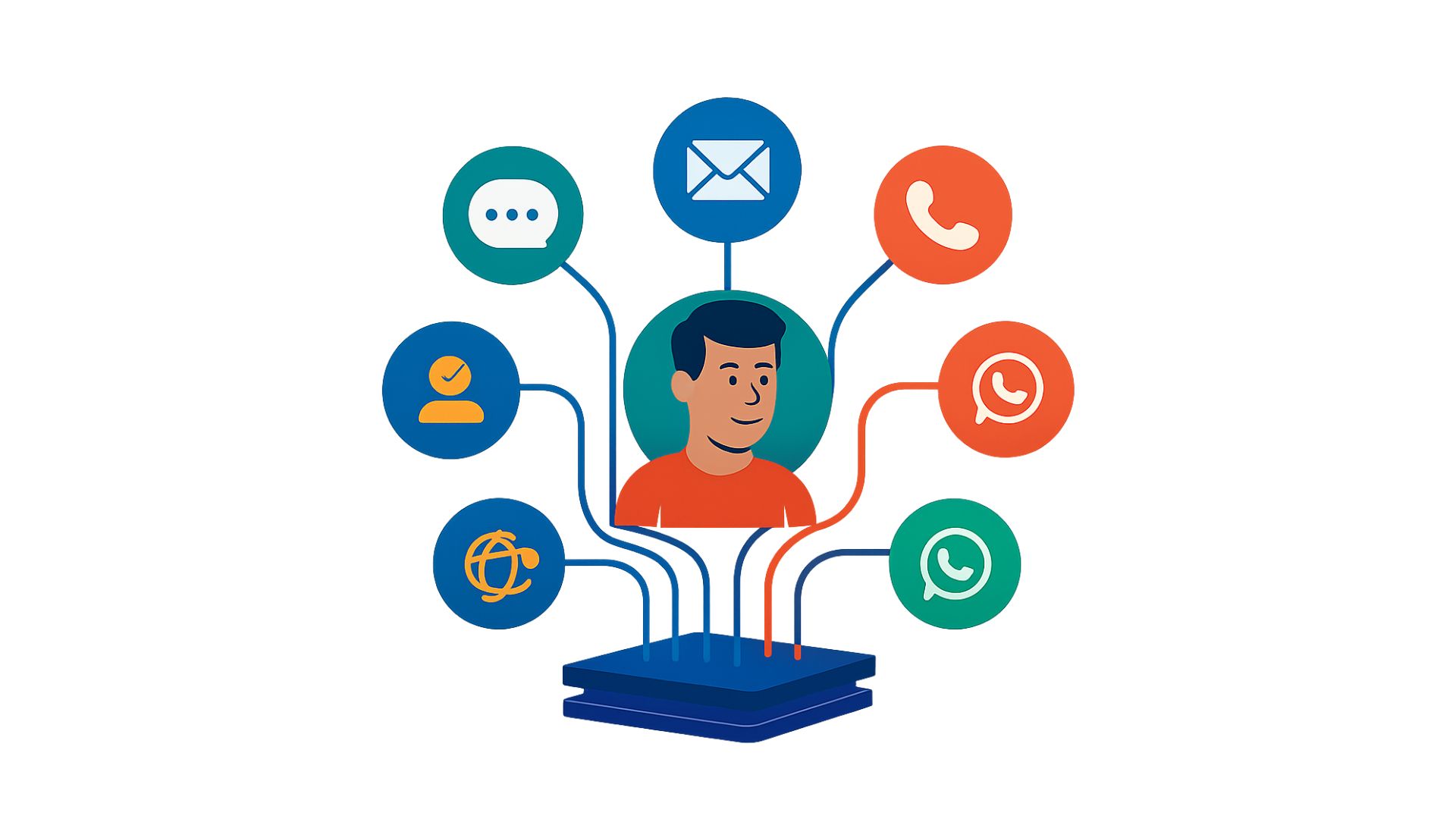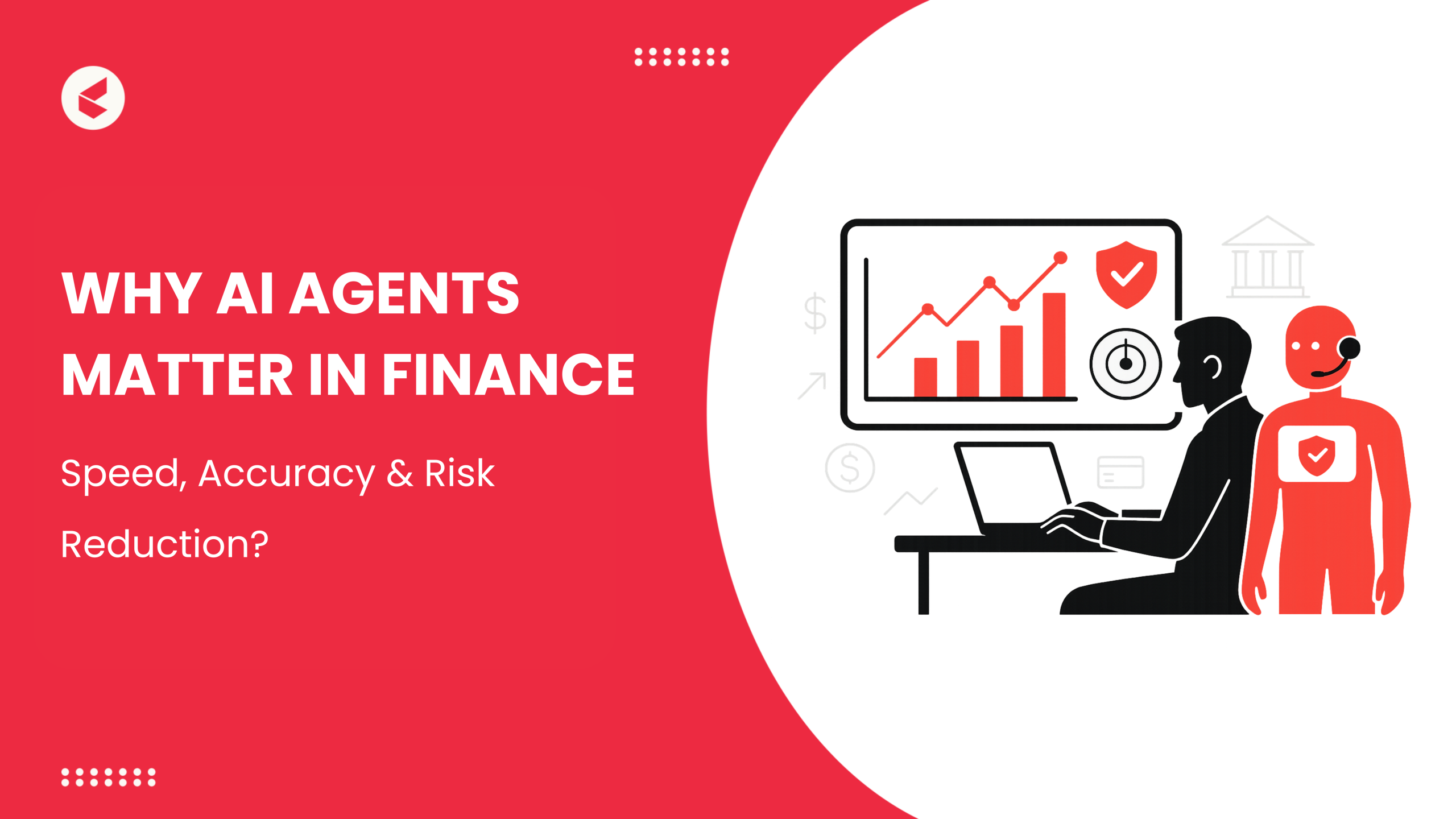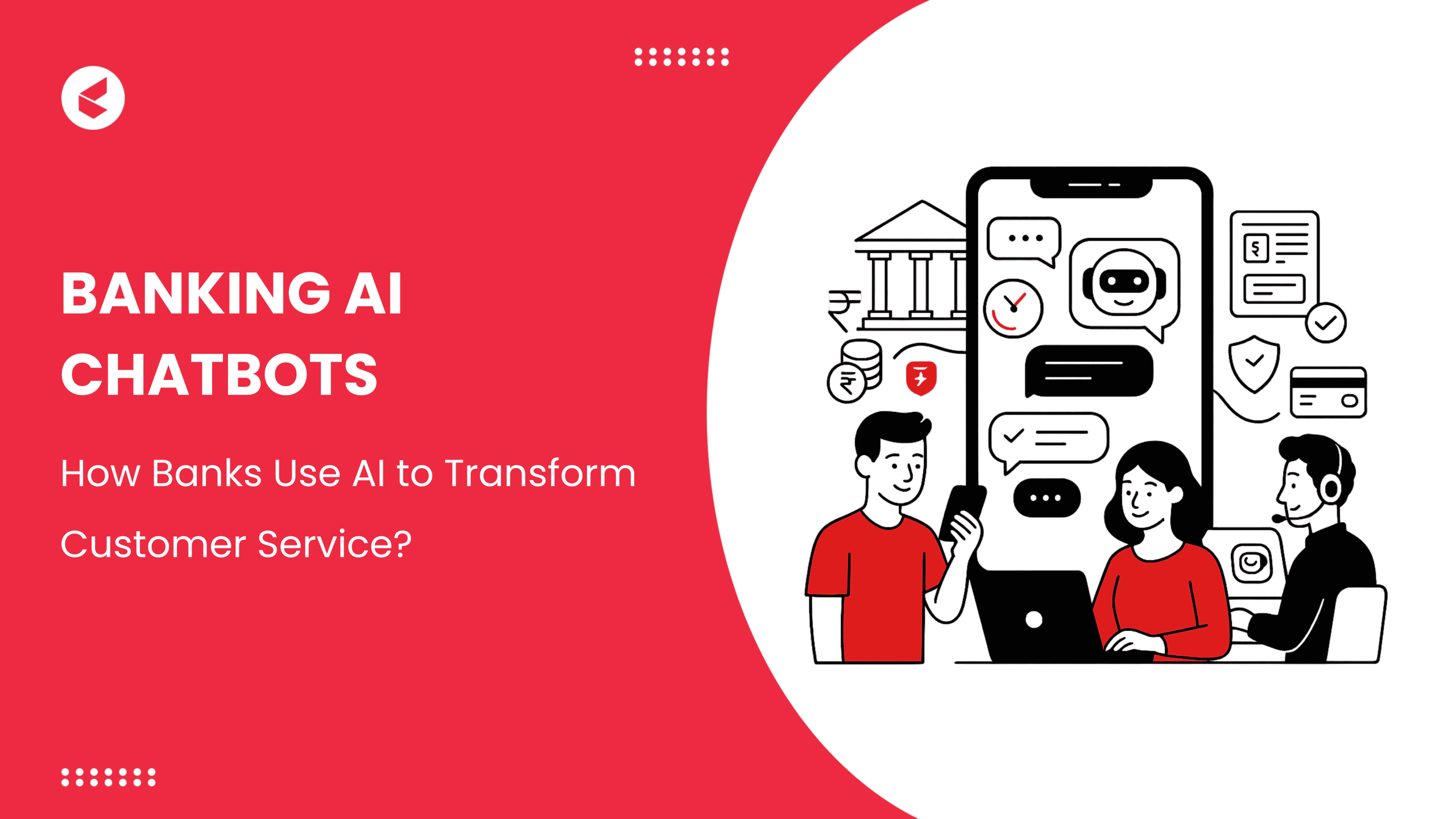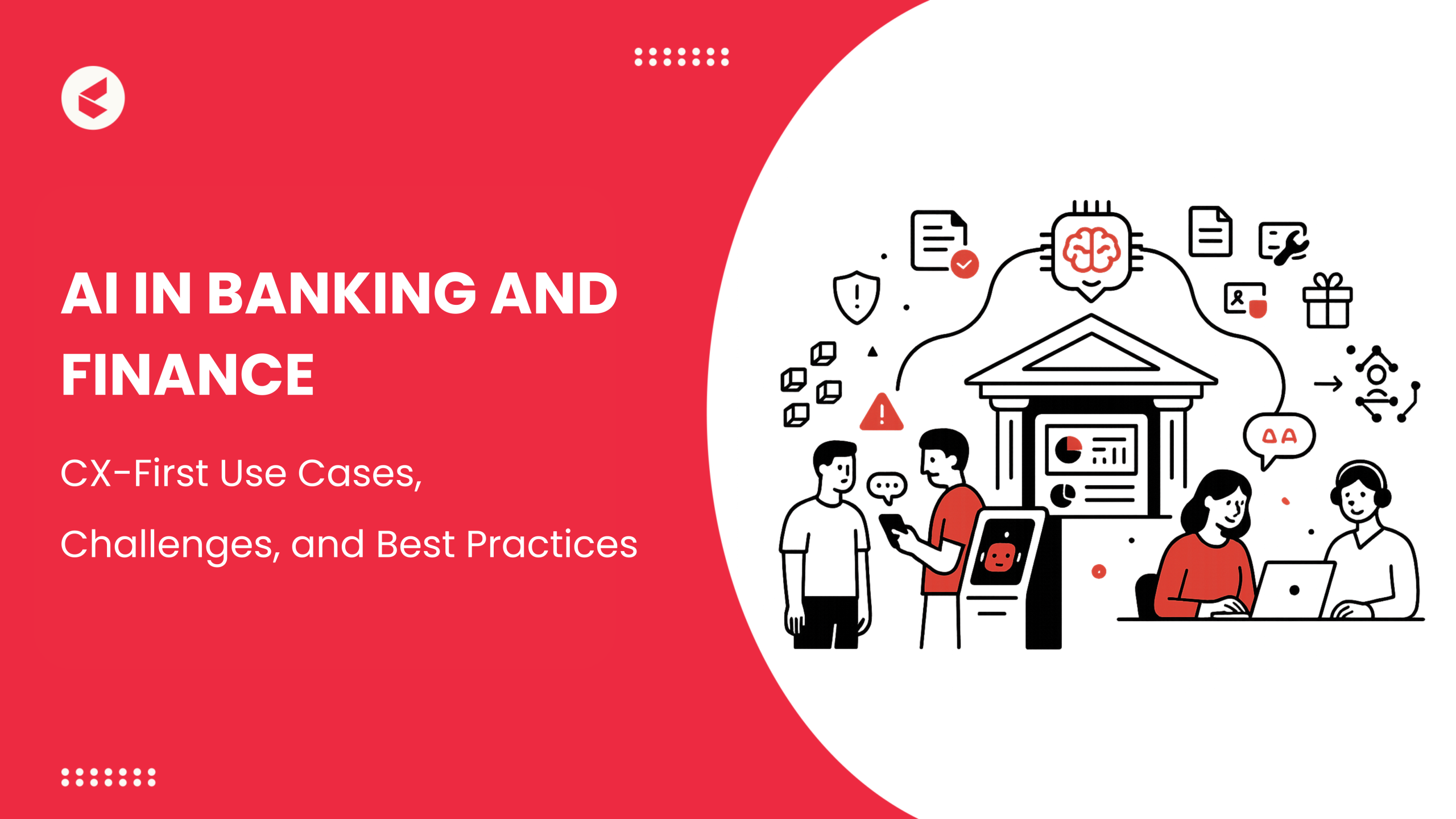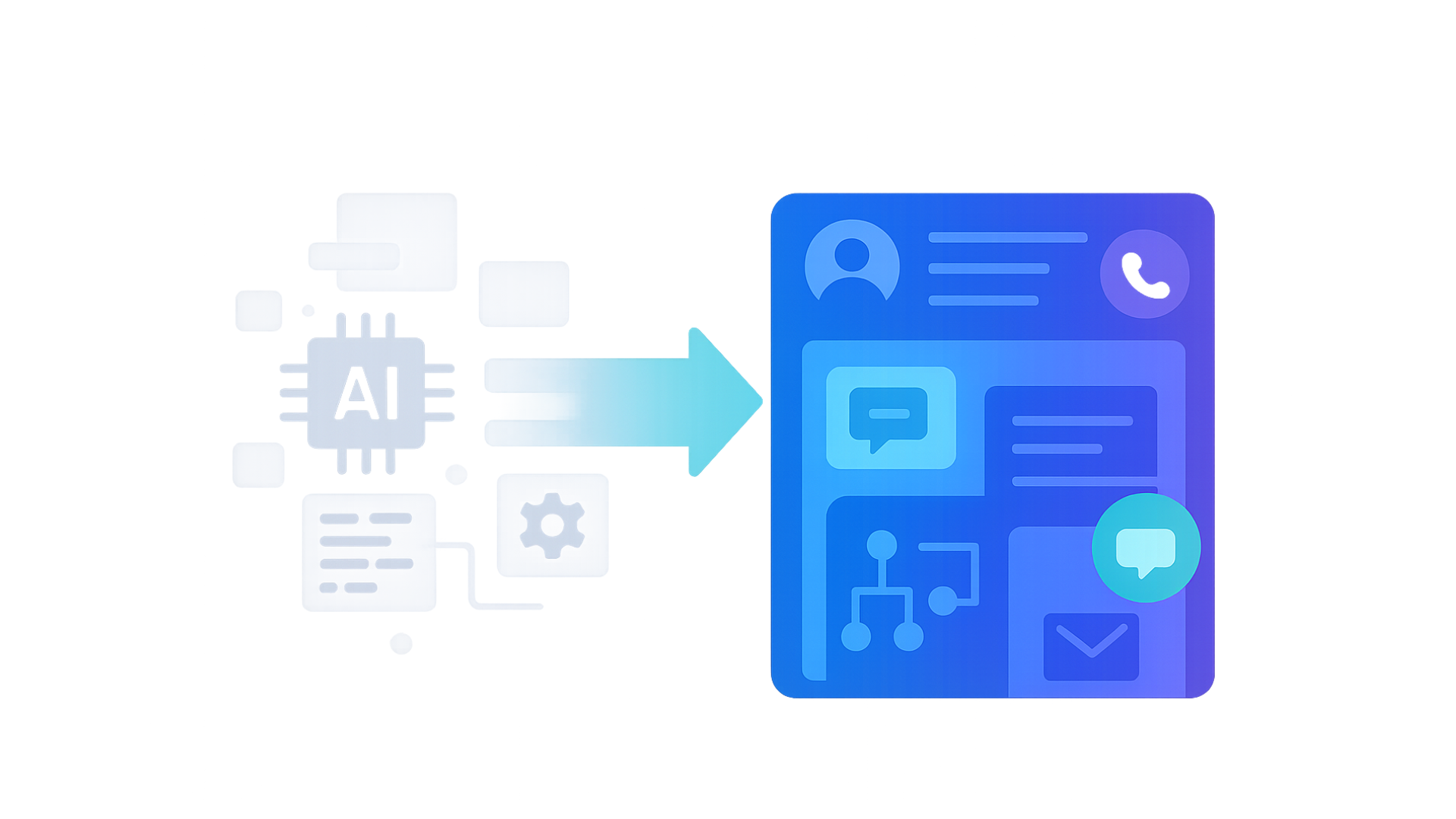A customer emails support about a failed payment. Later that day, they messaged on social media to check the status. Nothing’s carried over. They’re asked to repeat the entire issue. Not only is their time wasted, but it also feels like the company wasn’t listening.
This kind of disconnect signals a fundamental CX failure. Customers don’t think in channels. They expect the same conversation to follow them, whether it’s through voice, email, or social. When that doesn’t happen, satisfaction drops. So does trust.
32% of customers leave after one poor experience (PwC). Fragmented interactions are often to blame. What’s missing is cross-channel context preservation; the thread that ties omnichannel journeys together.
In this blog, we’ll explore how context continuity powers high-impact omnichannel CX at scale.
The Fragmentation Problem in CX
Every support channel you offer runs on different platforms. Your voice support might be managed through a legacy system. Your live chat could be powered by a cloud tool. Email sits in an entirely different dashboard. None of these talk to each other in real time.
This is where the cracks begin to show.
Let’s say a customer connects via chat to resolve a product issue. Midway, the session drops. They call your helpline next. The agent picks up and has no clue about the previous conversation. The customer repeats everything from scratch.
This gap irritates the customer and introduces operational inefficiency for your team.
So, what factors contribute to this?
Because most businesses focus on being present across channels, not on connecting them. Their systems are isolated, and data lacks centralization. Even when channels are technically connected, real-time context frequently doesn’t transfer among them.
Here’s what that leads to:
- Broken conversations: Customers have to restart the story on every new channel.
- Longer resolution times: Agents waste time collecting background details.
- Low first-contact resolution: Without context, quick resolutions become impossible.
- Higher churn risk: Frustrated customers don’t return.
Cross-channel context preservation eliminates these gaps. It guarantees that every interaction enhances the previous one, no matter its starting point. That’s how you transition from multichannel chaos to integrated omnichannel service.
Why it’s significant: Companies that enhance their customer experience may cut service expenses by as much as 20% and observe satisfaction ratings increase by 20 points (Nucleus Software).
What is Cross-Channel Context Preservation?
Cross-channel context preservation involves sustaining and conveying customer context across all your support interactions: chat, voice, email, social media, and mobile applications.
It’s not only about monitoring what was expressed. It’s about grasping what the client desires, their last point, and what remains unaddressed.
At its core, it involves:
- Conversation history: Every past interaction, across every channel, is accessible instantly.
- Customer intent: The “why” behind each interaction, complaint, inquiry, or purchase decision
- Preferences: Language, tone, or product choices that matter to the individual
- Unresolved issues: Open tickets, pending escalations, or unfulfilled commitments
When preserved properly, this context becomes a live thread that flows through every interaction. For example, if a customer chats about a refund and then follows up via email, your agent already knows the issue, the tone, and the status; no repeats are needed.
Here’s how this transforms the experience:
- No information gaps: You reduce friction by picking up where the last channel left off.
- Faster resolutions: Agents don’t need to ask for background.
- More trust: Customers feel heard, understood, and valued.
When agents lack context, every interaction feels like a wrong turn. Give them the right information, and suddenly, they’re navigating with precision just like following GPS.
Context preservation also improves your internal visibility. Supervisors are able to monitor complete journeys across various channels, pinpoint drop-offs, and enhance processes. With complete context, agents across channels no longer function in isolation. That’s the difference between disjointed service and cohesive CX.
Why It’s the Holy Grail of Omnichannel CX
When done right, cross-channel context preservation becomes your greatest CX differentiator. It connects the dots between every interaction and turns one-off contacts into a continuous relationship.
Here’s why it matters so deeply:
1. Drives Customer Satisfaction
Customers don’t want to explain their issue twice. Or three times. They want quick, context-aware support.
- No repeats: They feel valued when you already know their story.
- More trust: Recognition builds confidence and loyalty.
- Consistency: Every channel delivers the same high-quality experience.
A McKinsey report reveals that personalized, seamless journeys increase customer satisfaction by up to 20%.
2. Boosts Operational Efficiency
Agents spend less time gathering background. They can act faster, with precision.
- Shorter average handling time (AHT): Agents jump straight to solutions.
- Better resource allocation: Fewer escalations and follow-ups
- More productive teams: No duplication of effort across departments.
When agents have context, they spend more time resolving and less time researching.
3. Enables Personalization at Scale
When you preserve context, personalization becomes more than a first name.
- Relevant messaging: You tailor replies based on their journey.
- Right timing: You connect at the right moment with the right solution.
- Empathetic service: You acknowledge past frustrations or preferences.
Customers don’t want scripted interactions. They want to feel seen.
4. Impacts Revenue Directly
Context fuels speed, satisfaction, and conversion.
- Faster resolutions: More conversions, fewer drop-offs
- Lower churn: Customers stay longer with brands that understand them.
- Upsell opportunities: Agents identify needs faster and make smarter offers.
An HBR study found that companies that excel at customer satisfaction rankings grow revenue 2.5 times faster than their peers.
In short, context is a front-line game-changer. When every channel speaks the same language, your support becomes smarter and far more human. That’s why context preservation is the foundation of customer experience excellence in a multichannel world.
How AI and Modern Platforms Enable It
When it comes to cross-channel context preservation, AI is the engine that makes it possible. It helps you capture, track, and surface customer data in real time, across every touchpoint.
With AI, you no longer rely on manual notes or static customer profiles. Context is dynamic, updated instantly, and available to every agent.
Here’s how AI simplifies it for you:
- Context-aware handoffs: AI agents transfer chat history and issue summaries directly to human agents, reducing repeat questions.
- Smart voicebot escalations: Voice assistants detect intent, retrieve past tickets, and pass that to a live agent mid-call.
- Unified customer records: AI-integrated customer relationship management (CRM) tools update in real time, capturing email threads, call logs, and chat transcripts in one place.
These capabilities allow your support teams to pick up conversations with full awareness, regardless of the channel or timeline.
AI also brings in predictive capabilities:
- Intent prediction: Suggests likely resolutions or next actions based on past behavior
- Sentiment analysis: Flags urgent issues based on tone and language used across messages
- Channel optimization: Recommends the best support channel based on the customer’s history and urgency
To achieve this, you need more than just individual tools. You need a connected platform built for fluid omnichannel journeys. Platforms like Kapture CX are purpose-built for this. They bring together AI, automation, and real-time integrations to preserve context across chat, voice, email, and social. You don’t need to patch systems together; it works natively.
Scattered touchpoints become part of a fluid, end-to-end journey, thanks to the power of modern platforms.
Put Context at the Core of Your CX Strategy
If your goal is flawless omnichannel support, context preservation must be at the core, not an afterthought. Your customers move across platforms. They expect every conversation to carry context from the last. If your systems can’t do that, your CX suffers.
Take a step back. Ask yourself: can your agents see what happened across touchpoints? Can your platform stitch context in real time?
If not, it’s time to close the gap.
Kapture CX helps you do that with built-in features like unified timelines, context-aware automation, and real-time data sync. You don’t need to rewire your ecosystem to deliver seamless support.
Modern CX is all about connecting channels intelligently. Start preserving context, building trust and delivering CX that actually feels connected, end-to-end.
Request a personalized demo today!
FAQs
It minimizes manual handovers. Agents don’t need deep onboarding across systems because context is auto-synced, making interactions seamless and productivity higher from day one.
Yes. With fewer agents, retaining and accessing context reduces rework and boosts efficiency. It allows your team to focus on solving, not re-documenting, customer problems.
Multichannel means presence. Omnichannel with context means continuity. It connects interactions, tracks intent, and avoids restarts, giving customers one uninterrupted support experience across all touchpoints.
